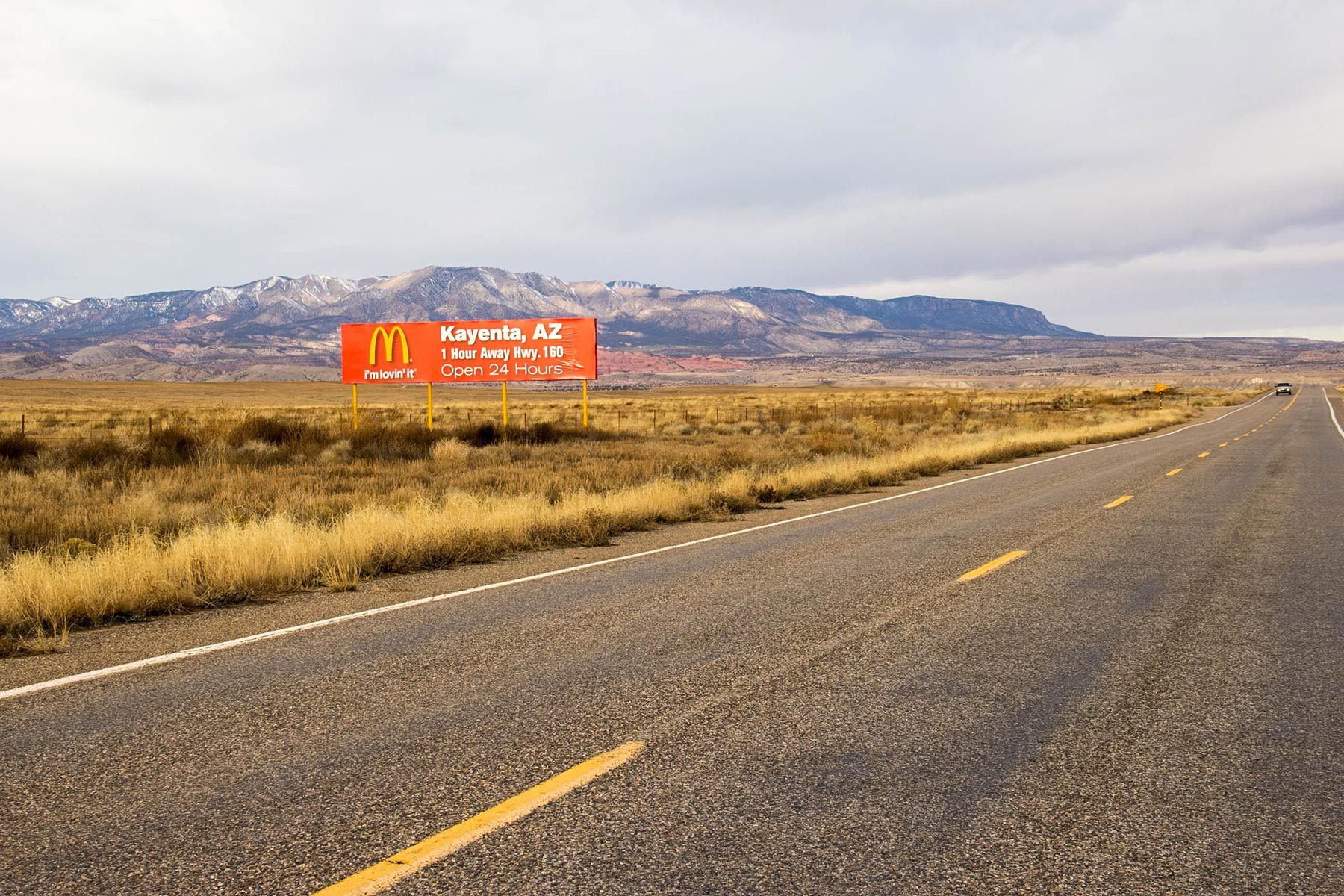General Discussion
Related: Editorials & Other Articles, Issue Forums, Alliance Forums, Region ForumsNavajo Nation's Nutrition Crisis
[img] [/img]
[/img]
http://projects.aljazeera.com/2015/12/navajo-malnutrition/
..."The nearly 300,000 residents of the Navajo Nation — an area roughly the size of South Carolina — are served by only 10 grocery stores. Gas stations and trading posts fill the vast spaces in between those stores, selling foods loaded with salt, sugar, fat and preservatives. According to the Diné Community Advocacy Alliance, a Navajo think tank, 80 percent of food sold in the Navajo Nation could be considered junk. One in three residents is diabetic or prediabetic, and recent studies show that heart disease is the second-leading cause of death among tribal citizens living on the reservation.
In a report to Congress , “Addressing Child Hunger and Obesity in Indian Country,” researchers found that Native American children had “approximately twice the levels of food insecurity, obesity and Type 2 diabetes relative to the averages for all U.S. children of similar ages.”
......
When the Navajo returned to their homes after being forcibly removed by U.S. forces in the late 1800s, they began rebuilding where federal authorities had slashed and burned their farms. By the late 1930s and early ’40s, it was estimated, Navajo farmers owned over 1 million sheep and goats. However, the Bureau of Indian Affairs destroyed nearly half those animals over fears that overgrazing would create a new dust bowl.
Those livestock reductions crippled the Navajo economy and forced many tribal members to rely on nontraditional foods. Today almost the entire Navajo Nation is classified as a food desert by the United States Department of Agriculture, meaning it is a low-income census tract where a substantial number of residents have low access to large grocery stores." (more at link)
leftyladyfrommo
(18,868 posts)And drinking is a huge problem.
Life on the res can be pretty bad.
Obama is the first president that I can ever remember that has actually tried to help the Native Americans.
yeoman6987
(14,449 posts)300,000 potential buyers would have me interested in setting up a store there.
Rebkeh
(2,450 posts)I just don't know what else to say. It's criminal, this didn't happen by chance, it was designed.
CountAllVotes
(20,870 posts)I have a close friend that is from the Navajo reservation. She is almost 80 years old. Did you know that some Navajo children were in the camps with the Japanese? Well she was and it has done her no good at all to say the least.
Shame shame shame on our government. Restitution is well overdue and then some!
![]()
![]() & recommend.
& recommend.
historylovr
(1,557 posts)SammyWinstonJack
(44,130 posts)Gormy Cuss
(30,884 posts)addressing this:
with grocery stores as a second approach.
Omaha Steve
(99,632 posts)Mosby
(16,311 posts)The Salt River/Pima-Maricopa reservations borders Mesa, Fountain Hills and Scottsdale Arizona. These communities have close access to Trader Joes, Whole foods, Safeway, Bashas, Fry's and Albersons.
The male average life expectancy for these tribes is 57.
Both tribes have casinos that distribute profits and stores that sell tobacco without state tax.
Next they are going to sell weed. Won't make a difference.